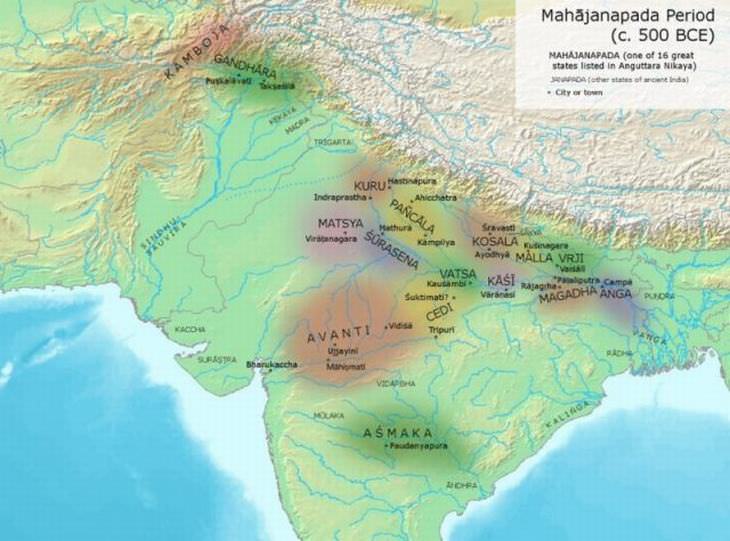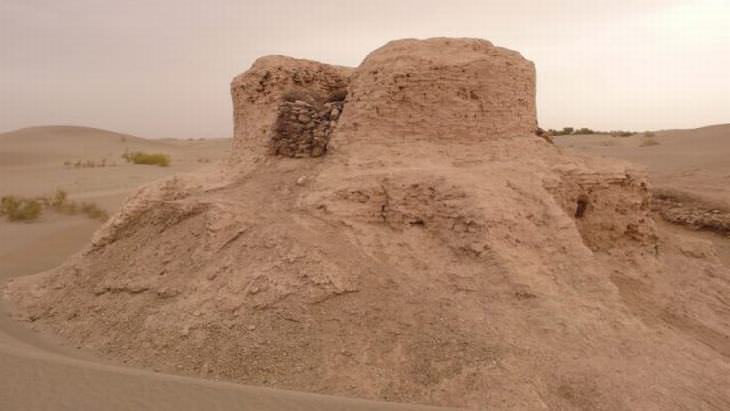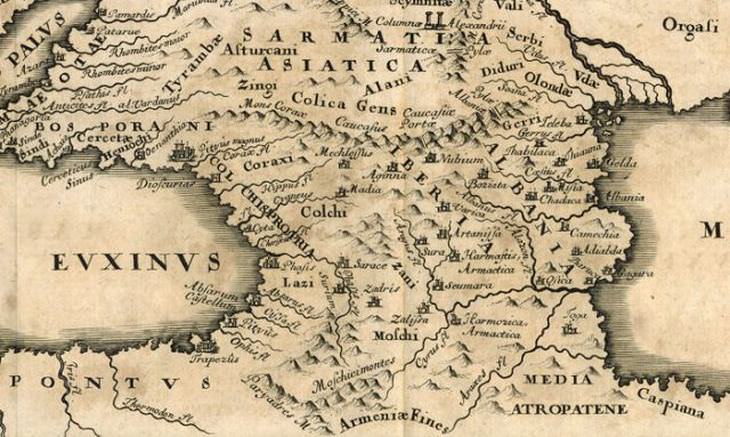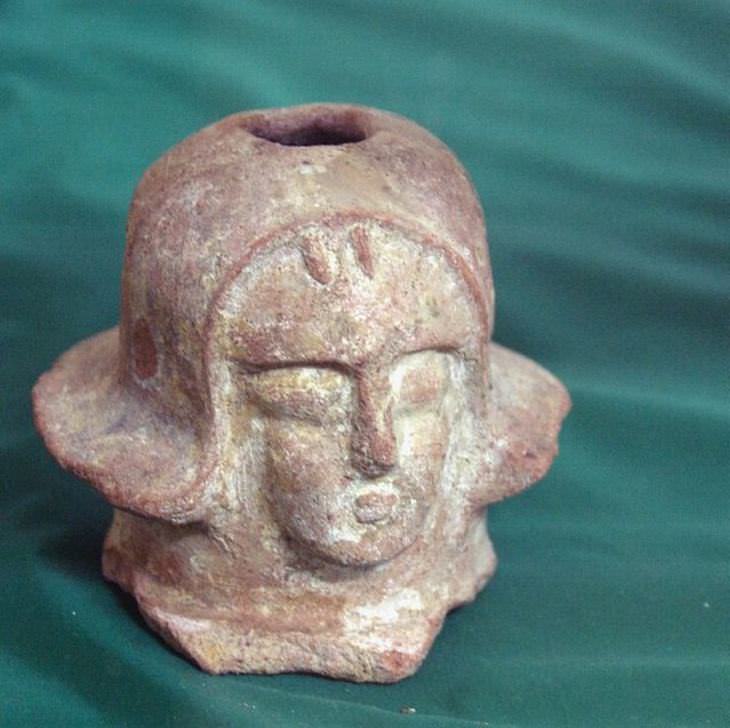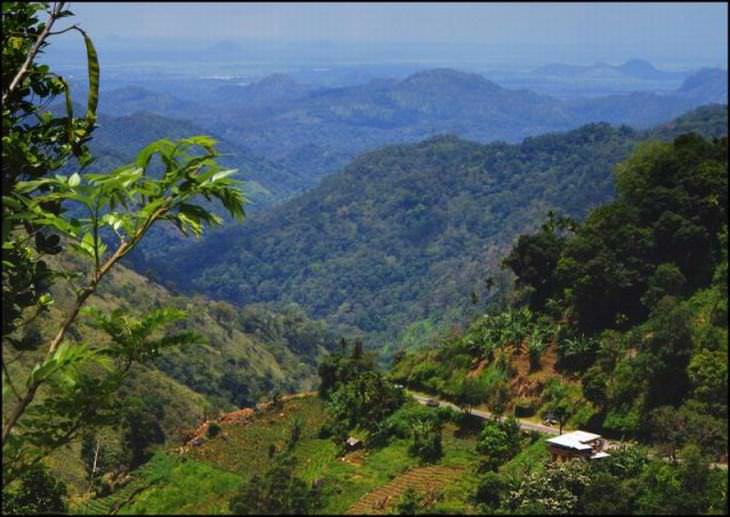1. The lost Chimú culture
Myth has it that Chimú was founded by Taycanamo, the king who came from the seas where he was born out of a golden egg. Chimú established its borders in what is today north Peru. The kingdom made the second most powerful empire chronicled in the ancient Andes. It thrived for centuries before the rise of the Incas. Its capital was Chan Chan, the biggest city in South America, which controlled a far-flung trade network. Its arts and culture were powered by thousands of artists and crafters who lived within the city's boundaries. Chan Chan was truly breathtaking and would have stunned any visitor. But, Chan Chan's palaces were plundered and the glorious Chimú culture was finished by the end of the 15th century when the Inca began their domination.
2. The Gandhara Civilization
Gandhara's lost kingdom was nestled in the mountains of what is today Pakistan and Afghanistan. Some translate the name of this kingdom to the 'Land of Lakes' as geographically it spanned a region abundant with water, between the Kabul and Indus rivers. Gandhara became a fusion point of East and West. One part was influenced by Buddhism, the other, by Alexander the Great, whose grip of power did not leave Gandhara untouched. Both influences can be seen in the art the Gandhara culture left in its heritage. Gandhara was founded around 1500 BC and lasted until around 530 AD.
3. Khotan, the capital of Yutian
Khotan was a vibrant center on the historic Silk Road, which interlinked Europe and Asia for many centuries. The city was located in what today is China's westernmost province of Xinjiang. By the 6th century, Khotan had become an exciting and thriving silk production center of ancient Asia. While it is not entirely clear how the tradition of silk production was introduced to Khotan and the region, according to legend, the knowledge was acquired thanks to a bride brought from China. The Khotan ruler who married the Chinese bride had persuaded her to bring mulberry silkworms from her home. Today, the memory of Khotan survives in the remnants of Buddhist shrines found in the region's Taklamakan desert.
4. Colchis, a kingdom remembered in myths
The magnificent kingdom of Colchis famously appears across several episodes of Greek mythology. It features in the stories where Prometheus was chained in the mountains as his punishment for trying to steal from the Gods and where Jason went seeking the Golden Fleece. Colchis was a thriving ancient kingdom located on the east side of the Black Sea. Its existence ultimately led to the formation of the country of Georgia. the Colchians farmed lush and arable lands. They made a fortune through sea trade and metal casting. Because of this, it garnered many opponents, including the Greeks, as well as the Persians and the Romans.
5. The forgotten kingdom of Aksum
A number of Biblical myths and legends are associated with the kingdom of Aksum. It is where the Queen of Sheba once lived. It is also cited as one of the few possible locations where the Ark of the Covenant was last seen. The land stretched out to the Nile River and the Red Sea and occupied territories today belonging to Ethiopia and Eritrea. At its greatest, the kingdom occupied a portion of the neighboring Arabian Peninsula. Aksum was a powerful trading kingdom between the 1st and 8th centuries. It also linked the great Roman Empire with the Indian subcontinent. Its rulers followed suit with Rome and accepted Christianity as their main religion. But when the spread of Islam found its way into the region, Aksum lost its power. Today, the city is home to 50,000 people. It is situated in the north of Ethiopia.
6. The Kingdom of Kandy
Kandy rose to power during the 15th century in Sri Lanka. The Kandyans had long evaded having to surrender to the Colonial powers in neighboring kingdoms. For a century and a half, they rejected the Portuguese who barbarically destroyed parts of their city, but never managed to take significant hold. The Kandyans had local knowledge of the jungles and malaria - this was a great obstacle to uninvited visitors. But in the early 19th century, the British took advantage of domestic turmoil in Kandy, it was then that they ultimately faced their end. In 1815, an agreement was reached that ousted the Kandyan tyrant king from the throne. At this point, the kingdom lost its sovereignty, but the agreement also allowed Kandyan chiefs to keep many of their privileges.


